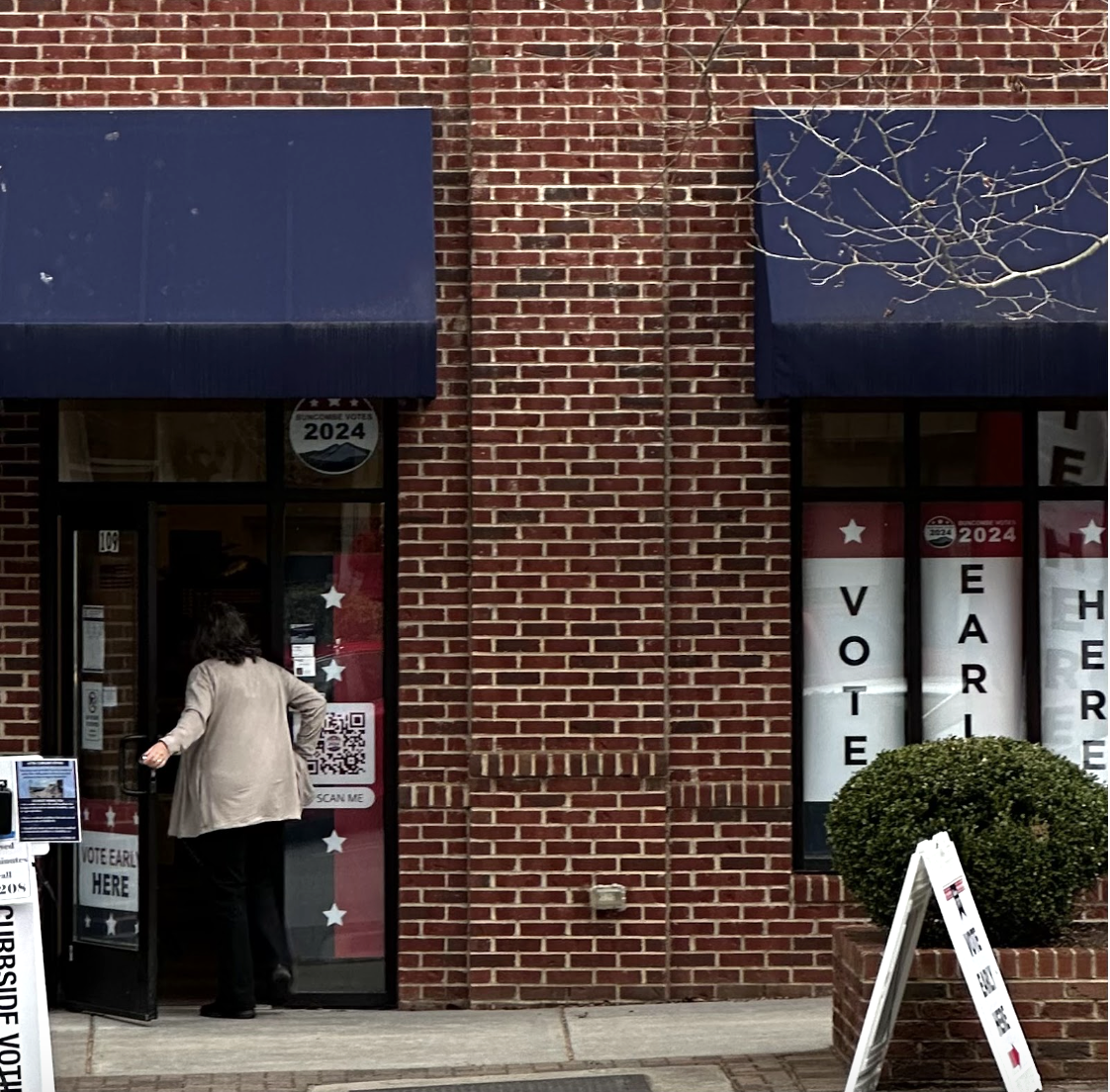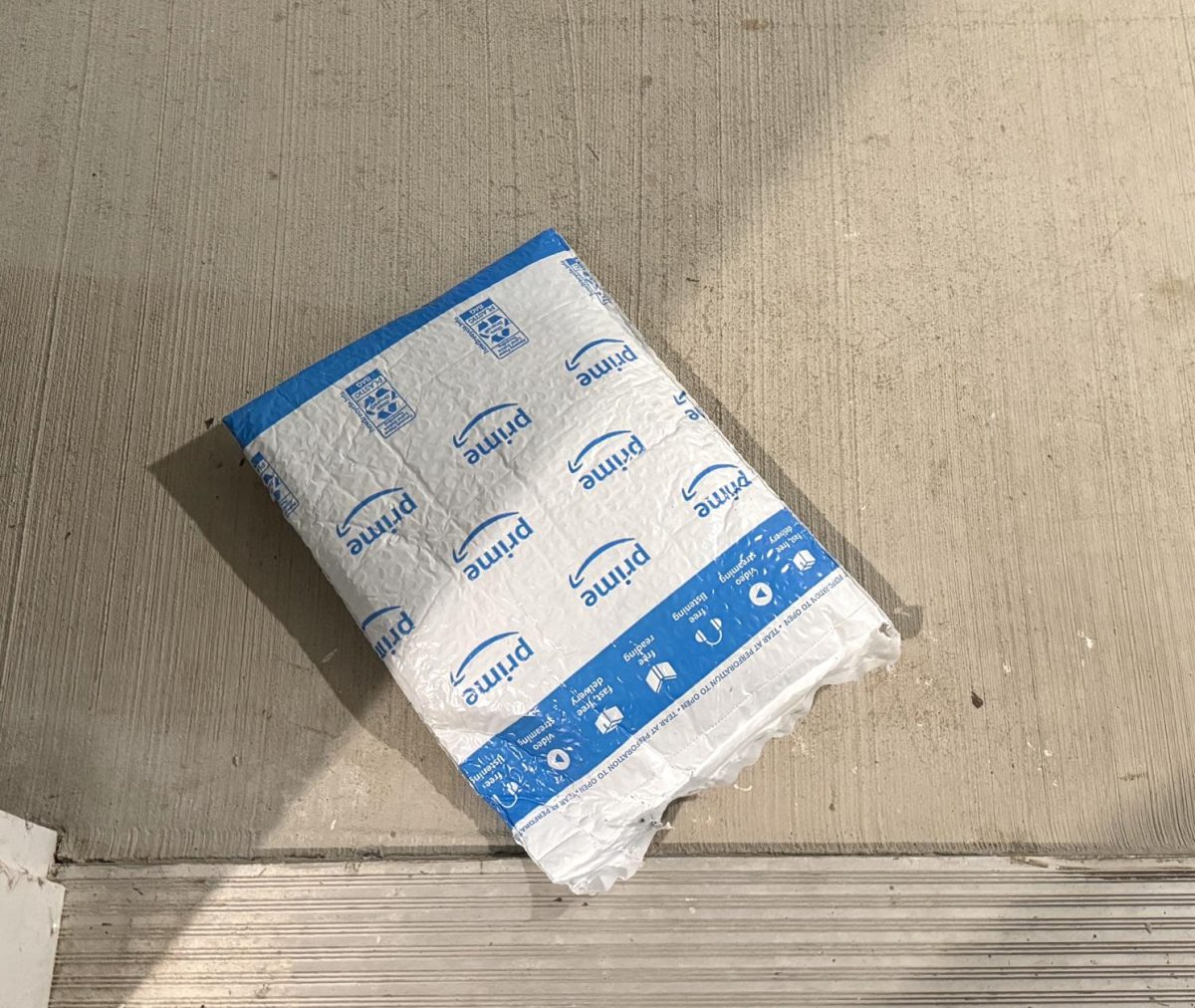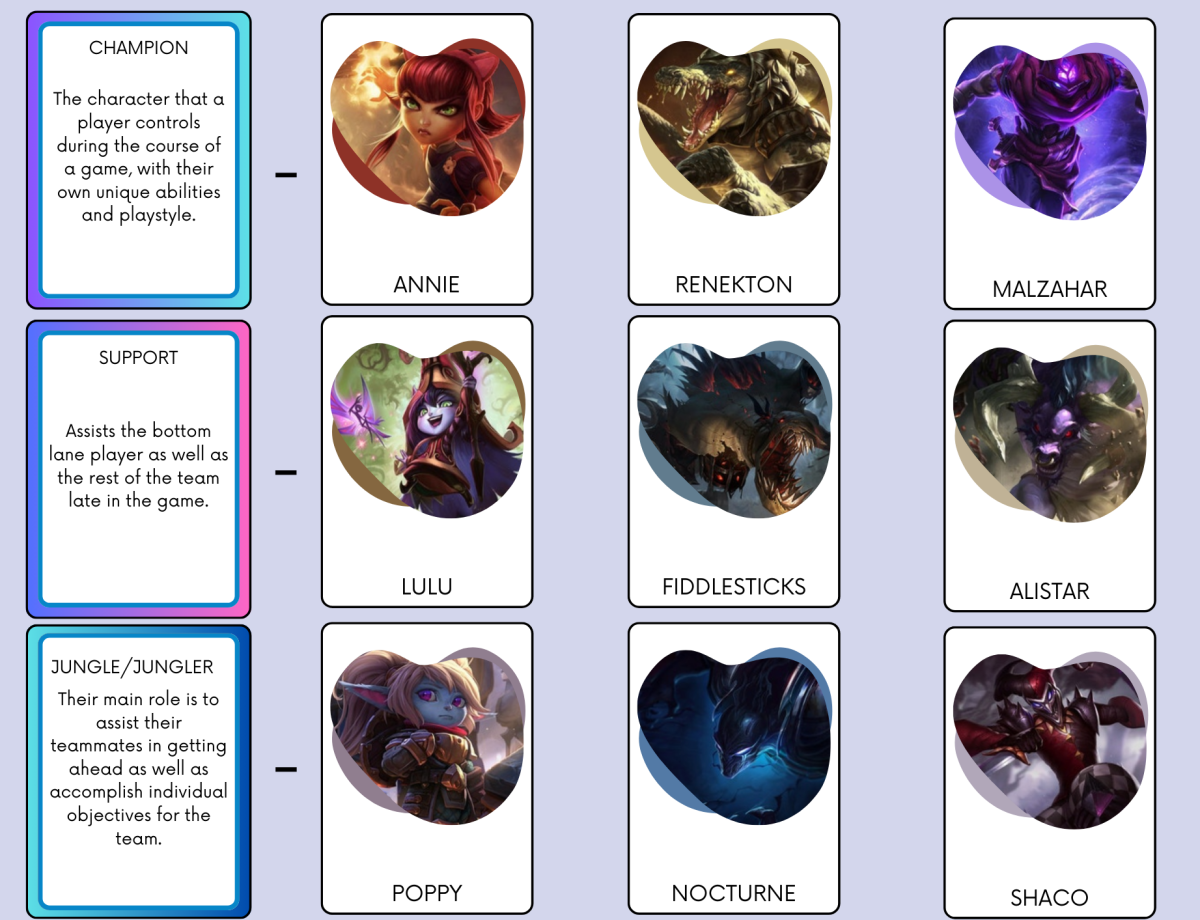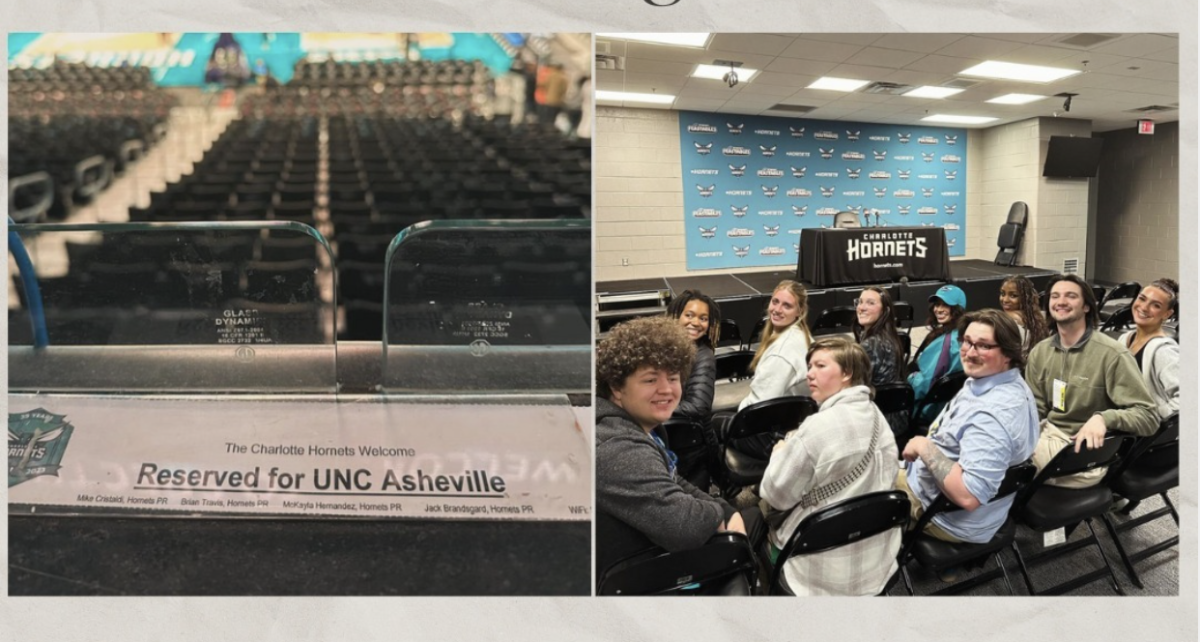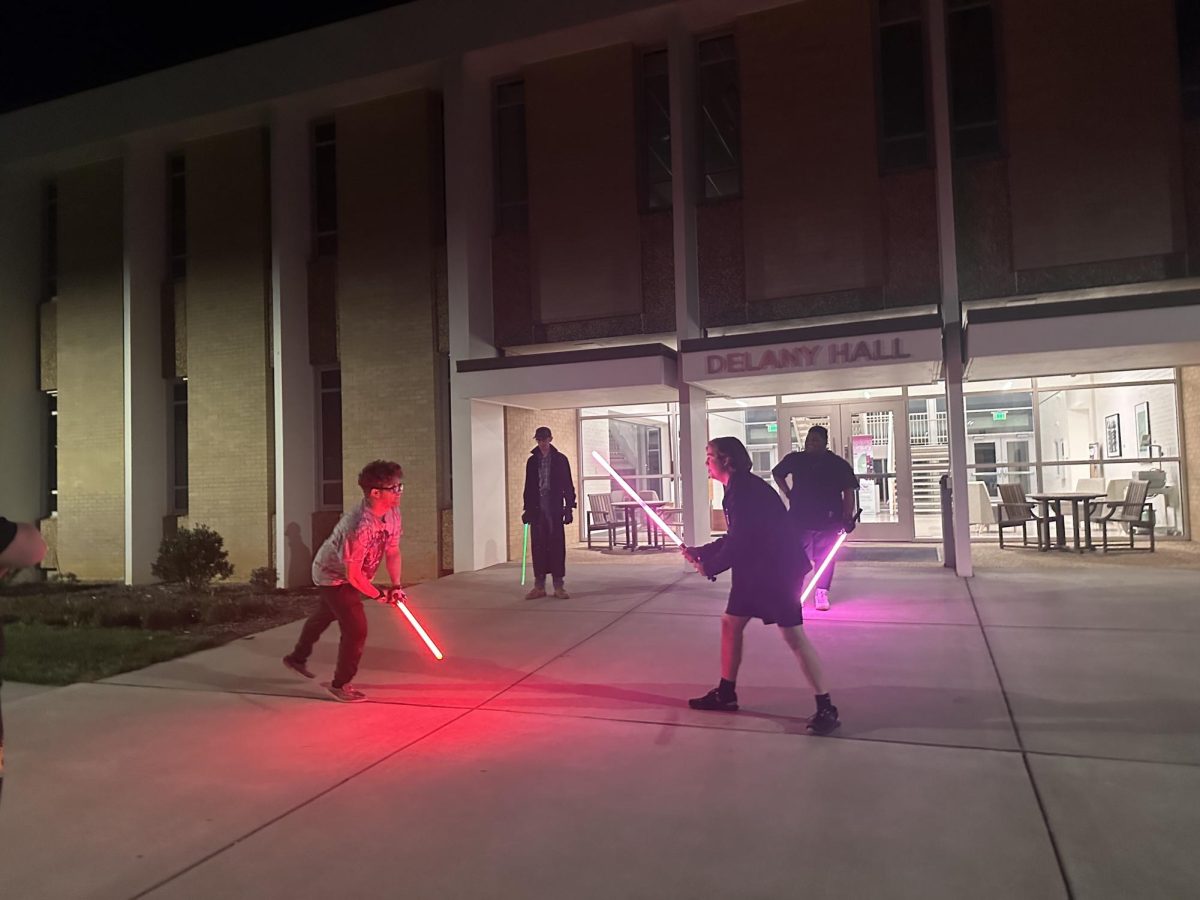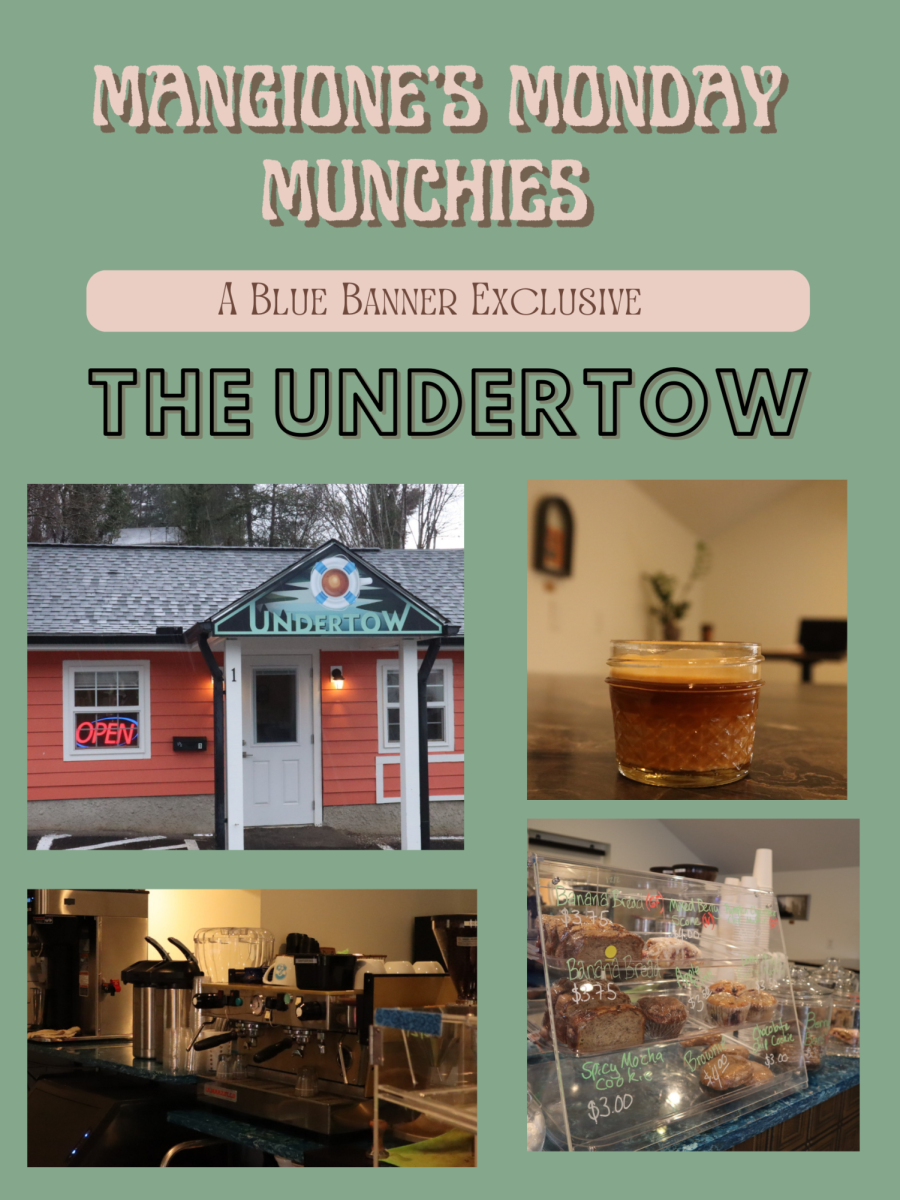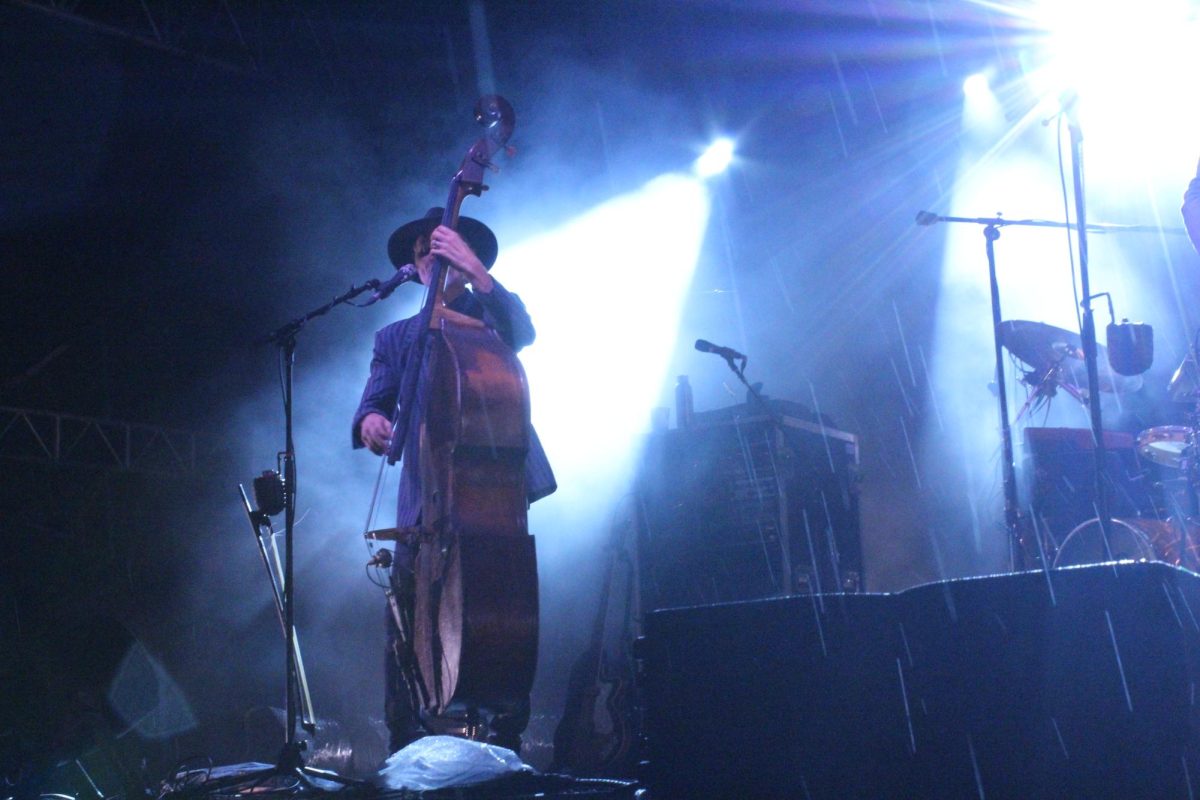Joe Lehrman
Sports Editor
[email protected]
Buncombe County received an influx of mail-in votes as the state began accepting absentee ballots for the 2020 general election in early September, with Buncombe County already increasing the number of accepted absentee ballots by 175 percent from 2016, according to data provided by the N.C. Board of Elections.
With less than 25 days before the elections, states across the country have begun collecting early voting and votes by mail, with many state governments passing laws making it easier to count and access these voting options as the COVID-19 pandemic continues to make voting in-person on Nov. 3 a daunting prospect. In North Carolina alone, 420,695 mail-in ballots have already been returned, a 110 percent increase from all absentee ballots cast in the 2016 election.
“Massive. Unprecedented. Shocking. It’s extraordinary,” said Department Head of Political Science and Public Affairs at Western Carolina University Chris Cooper. “We’ve already accepted more ballots than we did in all of 2016. Absentee by mail has traditionally been a very small part of the overall makeup of the North Carolina electorate. And that is not true this time.” 
As a result of the pandemic, State Boards of Elections and government officials made a concerted effort to educate the public on the steps to request and mail in their votes this election season. Being the most socially distant means of voting intensified the demand for absentee ballots in all 50 states, as state governments prepared for an onslaught of ballots in the fall.
“The interest in the election is big so we’ll have a big turnout. But I’ve had to really expand our team to make sure that we can handle the volume,” said Corinne Duncan, director of election services for Buncombe County. “It is an extremely large volume and the Center for Voter Information sent out statewide mailings, and they actually did multiples of them. And that was good from one perspective and bad from another because there have been people who have been submitting multiple requests, which really slow us down.”
As of Oct. 8, Buncombe County voters requested 46,387 ballots, with 15,742 being returned to the Board of Elections office. Compared to the final number of ballots counted in the 2016 presidential election (138,947), the votes by mail already cast in the 2020 election would account for 11.3 percent of the total vote.
Once the ballots are received, the election officials conduct a review process to determine whether or not the ballot’s voter signature and witness documentation meets the requirements, rejecting any ballots that lack correct information or appear to be tampered with. After they are approved by the board, they run the ballots through a secure tabulator, which keeps the results secret until they tally and aggregate the votes on Nov. 3.
“North Carolina, I think it may actually solve some counting problems,” Cooper said. “They will process absentee by mail earlier. So these are going to be the ballots that are the first ones to report not the last ones to report. So by taking some of the pressure off of polling sites on election day, it actually runs smoother.”
Recently, the Executive Director of the NCBOE, Karen Brinson Bell, released a memorandum to the State Boards of Elections that added further instruction on the protocols for rejecting and accepting ballots. New criteria to address deficiencies in absentee ballots like accepting voter signatures as they appear on the envelope, returning ballots rejected for small errors to be corrected and resending ballots for those rejected outright. So far, North Carolina has rejected 1.3 percent of returned mail ballots.
According to voting data compiled by the U.S. Election Project, Black and Hispanic ballots are rejected at a substantially higher rate than white voters in North Carolina. As of Oct. 8, less than one percent of Buncombe County non-Hispanic white voter ballots have been rejected, while non-Hispanic Black have a 2.2 percent rejection rate in 2020.
North Carolina has historically disenfranchised people of color at higher rates than whites, most recently where several congressional districts were deemed unconstitutional and racially gerrymandered by the Republican-controlled state legislature, said Patrick Bahls, a mathematics professor teaching voting theory at UNC Asheville. N.C. Congressional District 12, once considered the most gerrymandered district in the country, included a predominantly Black neighborhood in Charlotte connected by a narrow strip of land to the metro area of Greensboro nearly 100 miles away.
“It was so ridiculous that they made jewelry and there was a font, an alphabet font that was designed out of the gerrymandered district,” Bahls. “It was struck down for disenfranchising black folks with surgical precision. That was the language used by the court that eventually struck it down. So there’s gerrymandering, but there’s also you know, there’s also the purging of voter rolls. People who had been legally registered to vote and there was no legal reason why they might be purged from the rolls. Voters mysteriously were removed from the rolls, I think extensively, because of inactivity.”
The pattern of gerrymandering and racial discrimination in North Carolina does not disenfranchise voters by preventing them from voting, but ensuring that even if they vote, it won’t matter, said Blake Esselstyn, an Asheville-based gerrymandering expert and redistricting consultant. Some districts are made to withstand an increase in turnout by controlling which demographic of voters go to a certain candidate, according to Esselstyn.
“The person drawing the maps determines the outcome of elections. The votes simply don’t matter,” Esselstyn said. “If you have a situation like the congressional districts that were drawn, even in a major swing election, or a wave election like 2018, they’re designed to be impervious to actual changes in voter preference. In 2016, the Republicans got 10 out of the 13 districts and then in 2018, even though there’s a significantly higher number of votes for Democratic candidates, the outcome was the same.”
Many of the disenfranchisement tactics are not unique to a political party, Esselstyn said. Asheville, although considered a liberal stronghold, used “packing and cracking” gerrymandering techniques to keep a Democratic majority on the county commission, ignoring much of the rural makeup of Buncombe County, he said.
Voting by mail usually, statistically does not show a bias toward political parties. In 2016, Buncombe County overwhelmingly voted for Hillary Clinton, 75,452 votes compared to 55,716 for Donald Trump, but both candidates had a similar number of absentee votes. Clinton had 1,283 more absentee votes, less than a tenth of a percent of the total Buncombe County vote.
“Traditionally, absentee by mail has not shown a party advantage,” Cooper said. “So Republicans and the Democrats are equally as likely to use it. But this time, the Democratic numbers are through the roof. And the Republican numbers are up, but not up nearly as much. So there is a partisan asymmetry that there has not been before.”
In North Carolina, Democrats have requested 609,739 absentee ballots and successfully returned 242,717, more than 50 percent of the total absentee ballots in the entire state. The Democratic return ballot total is 3.4 times higher than Republicans.
Skepticism about the validity of mail-in voting has come to the forefront of political conversation as this method of voting becomes increasingly popular and remains the safest way to vote in a pandemic. Accusations by the president and other political leaders about the opportunity for voter fraud and possible ballot harvesting make some voters worry if their vote will actually count.
“I ain’t going to mail it in, I just don’t trust that,” said Gene Bridges, a Trump supporter who attended a gathering to watch the presidential motorcade on-route to the RNC. He said he would vote in-person on election day.

A 2017 study by the Brennan Center for Justice found that voter fraud is exceptionally rare in the U.S., with a rate of between 0.00004 and 0.0009 percent. Bahls said these claims of ballot harvesting and fraud should not be concerning and that most methods of voting have bad actors looking to manipulate voters.
“There has to be some sort of integrity in that process. So gerrymandering is just districting done poorly, and intentionally poorly. Just like vote harvesting is registration of voters done poorly,” Bahls said. “I think all of these things are things that should be and can be done. But it just had to be done with integrity.”
According to the US Election Project, voters have already cast 6.7 percent of the total votes counted in the 2016 general election. Six-point five percent of registered voters in North Carolina have already voted in the 2020 election. Buncombe County voter registration increased by more than 6,000 voters since 2016.
This article has been corrected from the print version to more accurately reflect the absentee voting totals from Buncombe County.

